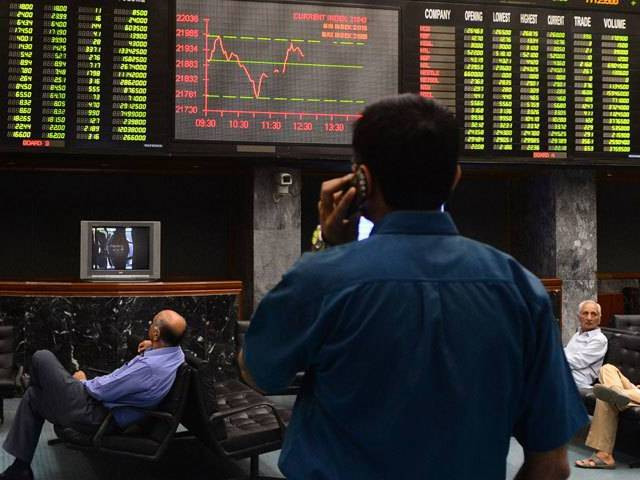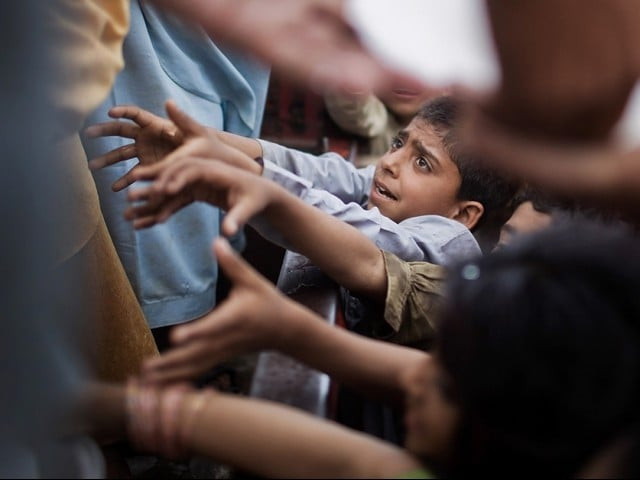Business
SPI up 4.15% YoY on food, energy | The Express Tribune

A vendor arranges tomatoes on his pushcart. The kitchen essential was selling on pushcarts for Rs400-450 and in supermarkets at Rs550-580 due to short supply in the market. Photo: Jalal Qureshi/Express
KARACHI:
The Pakistan Bureau of Statistics (PBS) reported a 4.15% year-on-year (YoY) increase in the Sensitive Price Indicator (SPI) for the week ended November 13, 2025, signalling continued inflationary pressures across essential commodities.
The rise was largely attributed to higher prices of staple food items, including wheat flour, sugar, gur, beef and bananas, coupled with increased costs of household energy and cooking items such as firewood, cooking oil and LPG. Non-food items, including ladies’ footwear, also contributed to the overall surge in consumer prices.
However, the week-on-week increase was only 0.53%, influenced by prices of essential commodities. The SPI, which tracks price movements of 51 key items across 50 markets in 17 cities, has been designed to provide a short-term gauge of inflationary trends in the country.
According to the report, the week-on-week increase was most pronounced in food and fuel items. Chicken prices surged 20.33%, while tomatoes rose 12.03% and bananas 2.32%. Household energy and cooking essentials also contributed to the overall rise, with LPG prices up 1.97%, cooking oil (five litres) up 0.38% and firewood higher by 0.26%. Among other commodities, beef prices increased 0.26% and mutton 0.07%.
Conversely, several commodities saw notable price declines during the week under review. Onion prices fell sharply by 6.65%, while pulse gram dropped 2.61%. Sugar and gur prices decreased 1.07% and 1.78%, respectively. Wheat flour fell 0.69%, pulse mash 0.66% and pulse moong 0.27%.
Out of the 51 items tracked, prices of 15 items increased, 12 decreased and 24 remained unchanged, highlighting a mixed trend in weekly commodity movements.
The SPI report also provided a year-on-year perspective, showing an overall increase of 4.15% compared to the same period in 2024. Significant increases were observed in non-food and food items alike. Ladies’ sandals recorded the highest annual increase of 55.62%, followed by sugar at 40.25% and gas charges for low-income households (Q1) at 29.85%.
Wheat flour prices were up 18.70% while gur and beef rose 16.47% and 14.29%, respectively. Firewood and bananas recorded annual increases of 12.23% and 11.71%, respectively. Vegetable ghee (2.5 kg), diesel, cooking oil and mutton also saw notable price hikes ranging from 8% to 10.93%.
On the other hand, some essential items showed year-on-year declines. Garlic prices fell sharply by 36.29%, pulse gram by 29.89% and Q1 electricity charges for households by 26.26%. Tomatoes and potatoes saw decreases of 23.01% and 22.46%, respectively, while tea (Lipton) declined 17.79%.
Business
Indias Wholesale Inflation Bottomed Out, May Still Remain Negative Through 2025-26: Report
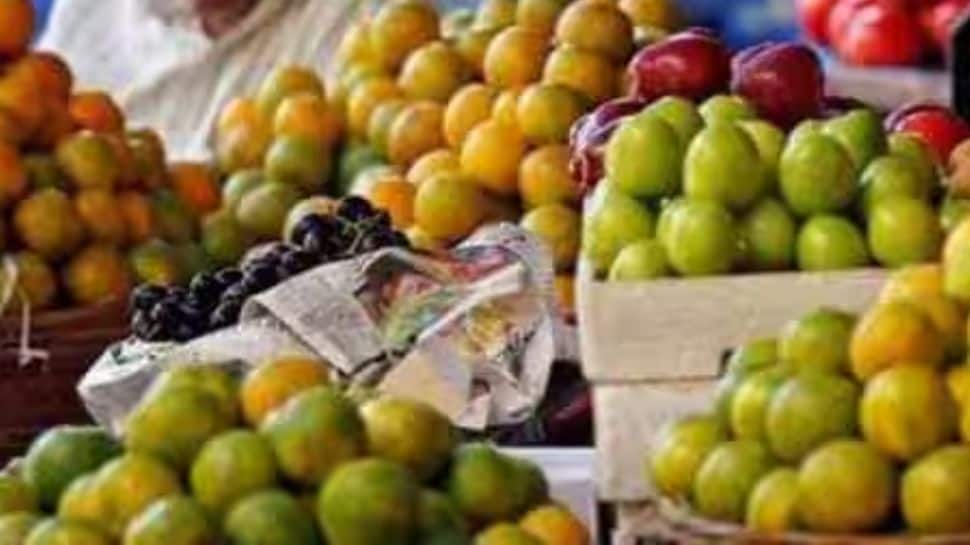
New Delhi: India’s Wholesale Price Index (WPI) or wholesale inflation has “bottomholesale inflation bottomed out, may still remain negated out” and will probably gain slight momentum from November onwards, even as it may still remain in negative territory for most of the remaining months of 2025-26, Union Bank of India said in a report.
The Bank’s 2025-26 WPI forecast is currently tracking below 0.35 per cent amid what are being stated as subdued global commodity prices and a seasonal decline in food prices (with the impact of floods on food inflation seen to be capped).
“Food WPI remains depressed – spatial flooding and supply-chain disruptions did not materialise as expected, keeping food prices contained,” the report read. With 2025-26 Consumer Price Index (CPI) or retail inflation projections of the Union Bank of India also running sharply below the RBI’s latest estimates, it expects a 25 basis points repo rate cut in the upcoming December monetary policy review meeting.
While real GDP growth momentum remains robust, the report asserts that nominal GDP growth is expected to come under pressure due to subdued 2025-26 CPI and WPI projections. India’s wholesale inflation turned negative in October, with the Wholesale Price Index (WPI) recording a decline of (-) 1.21 per cent in October 2025 compared to the same month last year, according to official data released by the Ministry of Commerce and Industry on Friday.
A decrease in the costs of food articles, crude petroleum, natural gas, electricity, mineral oils, and basic metals mainly drove the fall in prices. The Ministry stated that the month-on-month change in WPI for October stood at (-) 0.06 per cent compared to September 2025.
The government releases the index number of wholesale price in India every month on the 14th of every month (or next working day, if the 14th falls on a holiday) with a time lag of two weeks of the reference month, and the index number is compiled with data received from institutional sources and selected manufacturing units across the country.
Inflation has been a concern for many countries, including advanced economies. However, India has largely managed to steer its inflation trajectory in a favourable direction. The RBI held its benchmark repo rate steady at 6.5 per cent for the eleventh consecutive time, before cutting it for the first time in about five years in February 2025.
Business
Gems trade slump: Exports fall 31% in October; bullion volatility, early US stocking hit demand – The Times of India

India’s gems and jewellery exports fell sharply in October, sliding 30.57% to $2.17 billion (Rs 19,172.89 crore) compared to the same month last year, according to data released by the Gems and Jewellery Export Promotion Council (GJEPC), PTI reported.Exports in October 2024 had stood at $3.12 billion (Rs 26,237.1 crore).GJEPC chairman Kirit Bhansali said the decline was largely expected, as overseas buyers had advanced their festive-season stocking before the US tariff came into effect.“Most of the stocking up for the festivals took place before August 27. Therefore, in October the demand was down. The decline in gold and silver exports is triggered by volatile bullion prices,” Bhansali told PTI.He added that exports should revive in November with Chinese market recovery and Christmas demand from major global buyers.Exports of cut and polished diamonds fell 26.97% to $1.02 billion (Rs 9,071.41 crore), down from $1.40 billion (Rs 11,806.45 crore) a year earlier.Shipments of polished lab-grown diamonds also saw a steep slide of 34.90% to $94.37 million (Rs 834.45 crore), compared with $144.96 million (Rs 1,218.25 crore) last October.Gold jewellery exports dropped 28.4% to $850.15 million (Rs 7,520.34 crore) from $1.18 billion (Rs 9,975.17 crore) a year earlier.Exports of coloured gemstones during April–October slipped 3.21% to $250.14 million (Rs 2,173.08 crore).Silver jewellery shipments dipped 16% in October to $121.37 million (Rs 1,072.81 crore), down from $145.05 million (Rs 1,219.01 crore) in 2024.
Business
DAMAC Properties Unveils Master Development, Launches New Sales Office In Egypt

Last Updated:
DAMAC launched DAMAC Islands 2 and a new Cairo office at the Grand Egyptian Museum, with Hussain Sajwani and Amira Sajwani hosting. Omar Khairat performed.

DAMAC (Representative Image)
DAMAC marked the launch of its new master development DAMAC Islands 2 and its new sales office opening in Egypt with a grand celebration in Egypt at the magnificent Grand Egyptian Museum, an architectural and cultural marvel overlooking the Pyramids of Giza. The glittering evening set against the backdrop of ancient history was hosted by Hussain Sajwani, Founder and Chairman of DAMAC Group, and Amira Sajwani, Managing Director of DAMAC Properties, who welcomed an audience of dignitaries, global investors, media, brokers, and VIP guests from across the world.
Guests at the event were given an exclusive preview of DAMAC Islands 2, the latest luxury community in Dubai, inspired by eight tropical island destinations. The project followed the phenomenal success of DAMAC Islands 1 in 2024, which achieved a record-breaking sell-out. DAMAC sold AED 10 billion in inventory, generating the highest revenue from a real estate launch in 24 hours, as recognised by the Guinness World Records.
The evening’s headline act was legendary Egyptian musician Omar Khairat, who regaled the audience with a captivating fusion of classical, jazz, and traditional Arabic music. Hadi Awada presented a thrilling, choreographed performance.
Hussain Sajwani, Founder of DAMAC Group, said: “This grand celebration and our presence in Cairo represents an affirmation of our deep connection with Egypt. This market has long been one of our most dynamic and promising markets. We’re here to bring DAMAC’s international portfolio closer to Egyptian investors who seek both quality and long-term value.”
Amira Sajwani, Managing Director of DAMAC Properties, noted: “Egyptians already rank among the top ten nationalities purchasing DAMAC homes. We have witnessed double-digit sales growth in this market and expect it to rise another 20% in 2026. Opening our Cairo office also brings us closer to our clients and strengthens the bridge between Cairo and Dubai, the two powerhouses of real estate investment in the MENA region.”
Dubai’s real estate market remains one of the world’s most active and attractive amongst investors and residents alike – with H1 2025 transactions up 40% year-on-year, reinforcing DAMAC’s position at the intersection of two of the region’s most vibrant markets. Furthermore, DAMAC communities continue to lead market performance, with DAMAC Islands recording 4,185 villa and townhouse sales in H1 2025 and DAMAC Hills 2 registering 1,942 sales.
On average from launch, price growth at DAMAC Hills 1 townhouses rose 86 per cent, DAMAC Hills 1 villas 72 per cent, DAMAC Hills 2 townhouses 60 per cent, and DAMAC Islands villas 29 per cent, demonstrating sustained investor confidence in the brand’s long-term value.
DAMAC Islands 2 brings the rhythm of the tropics to the heart of Dubai; blending lush landscapes, crystal lagoons, and wellness-driven design inspired by eight dream destinations: Antigua, Bahamas, Barbados, Bermuda, Cuba, Maui, Mauritius, and Tahiti. As part of the launch campaign for DAMAC Islands 2, DAMAC also launched a unique global competition to become ‘The Ultimate Islander’.
The competition winner will receive an all-expenses-paid trip and become an employee of DAMAC while living on one of their eight islands. The master-planned project will comprise six-bedroom luxury villas of approximately 583 square meters, five-bedroom twin villas of approximately 324 square meters, five-bedroom townhouses of approximately 293 and 263 square meters, and four-bedroom townhouses of approximately 203 square meters. Prices start at AED 2.7 million.
A team of writers and reporters decodes vast terms of personal finance and making money matters simpler for you. From latest initial public offerings (IPOs) in the market to best investment options, we cover al…Read More
A team of writers and reporters decodes vast terms of personal finance and making money matters simpler for you. From latest initial public offerings (IPOs) in the market to best investment options, we cover al… Read More
November 15, 2025, 13:25 IST
Read More
-

 Entertainment1 week ago
Entertainment1 week agoChina unveils£5.4 bn Fujian, its most advanced aircraft carrier yet
-

 Politics1 week ago
Politics1 week agoIDF lawyers warned of possible Gaza war crimes: US intel findings
-

 Entertainment1 week ago
Entertainment1 week agoRobert Pattinson jokes about competing with Gen Z
-
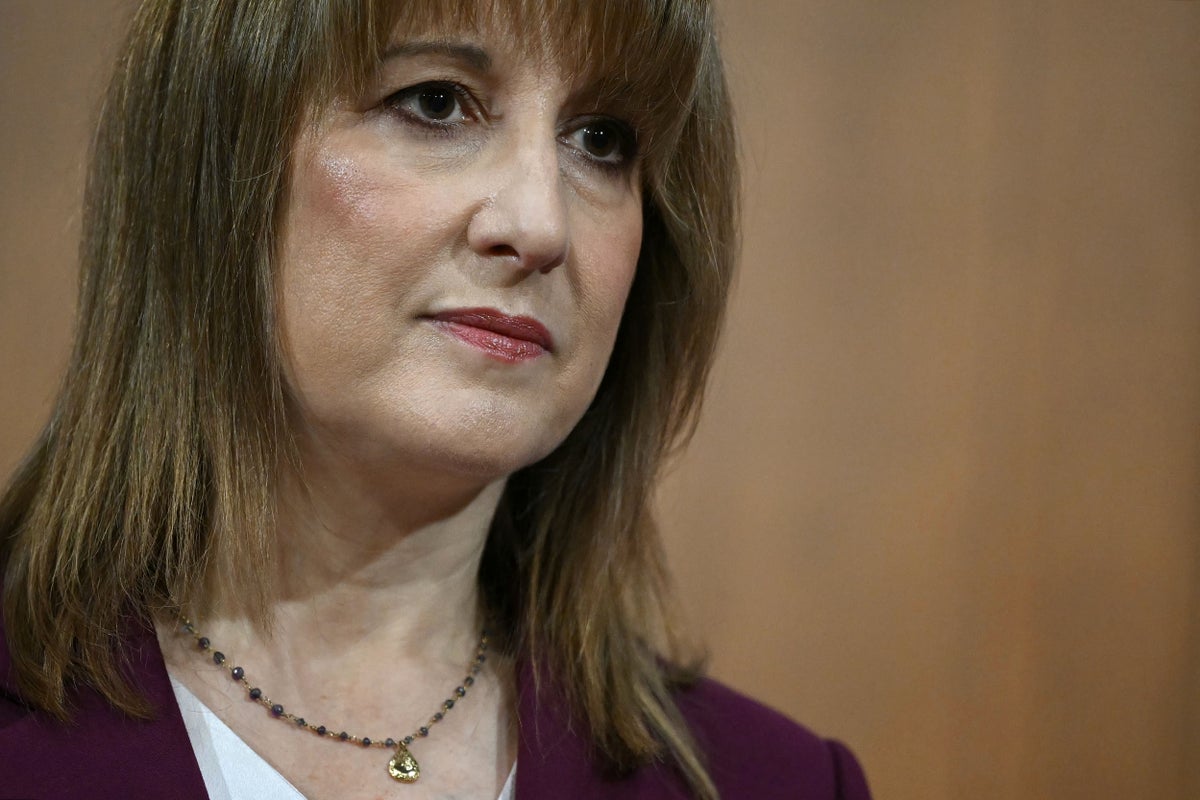
 Business1 week ago
Business1 week agoBudget tax hikes could see food prices soar, major supermarket boss warns
-

 Sports1 week ago
Sports1 week agoIsraeli cycling team loses top sponsor despite honoring request to remove country from name
-

 Tech1 week ago
Tech1 week agoThe Government Shutdown Is a Ticking Cybersecurity Time Bomb
-
Sports6 days ago
College football winners and losers: The catch of the year saves Indiana
-

 Business6 days ago
Business6 days agoMore than 1,000 flights cancelled as US air traffic cuts enter second day


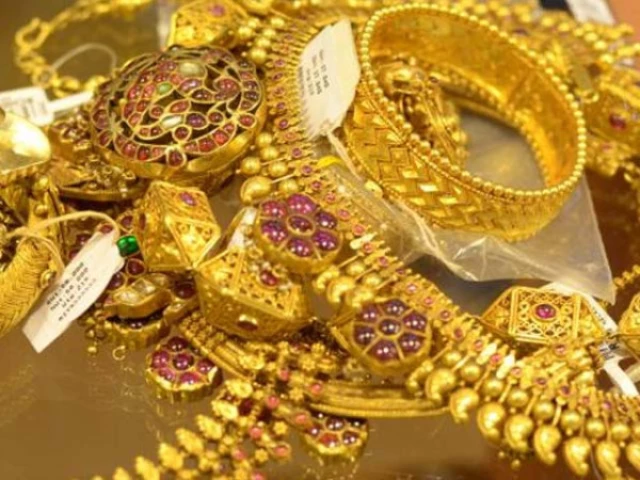
1736990282-0/image-(1)1736990282-0-640x480.webp)

